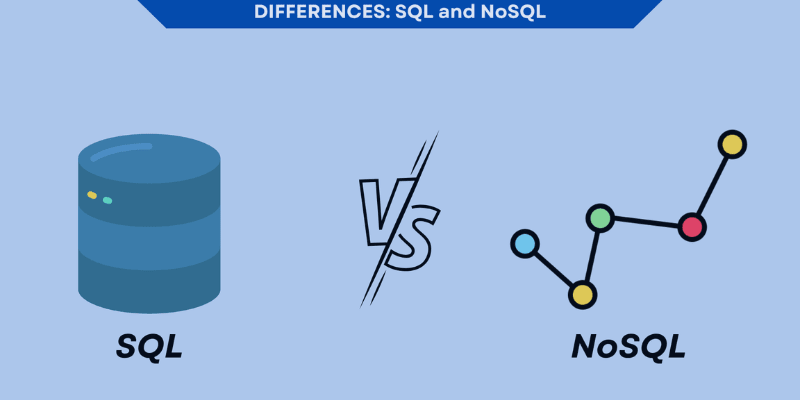
In today’s data-driven world, choosing the right type of database is essential for the performance, scalability, and flexibility of applications. Among the most common options are SQL (Structured Query Language) and NoSQL (Not Only SQL) databases. Each type has its strengths, weaknesses, and ideal use cases. Master databases with our SQL Course in Chennai – boost your career with real-time projects and expert training.
1. Data Structure
The most fundamental difference between SQL vs NoSQL databases is how they structure data.
- SQL databases store data in predefined tables with rows and columns. Each table has a fixed schema that defines the types of data it can contain.
- NoSQL databases are non-relational and store data in key-value pairs, documents, wide columns, or graphs. This makes them more flexible when it comes to data storage.
FITA Academy offers Oracle Training in Chennai – enhance your skills and gain hands-on experience in database management systems!
Example:
- SQL: A Customers table with fixed fields: Name, Email, Phone.
- NoSQL: A document in JSON format where each customer entry can have different fields.
2. Schema Flexibility
- SQL requires a predefined schema. Any changes to the schema (like adding a new column) require altering the entire database.
- NoSQL offers schema-less design, meaning you can store different data structures in the same collection or table. This is ideal for rapidly evolving applications.
Use Case:
Startups or agile teams often prefer NoSQL due to its adaptability during early development stages.
Enroll in our Oracle DBA Training in Chennai – improve your SQL database skills and gain in-depth knowledge of the important of data management!
3. Scalability
Scalability is essential as data volumes grow.
- SQL databases scale vertically, increasing the power of a single server (CPU, RAM). This can become expensive and less efficient over time.
- NoSQL databases scale horizontally, allowing you to add more servers to manage increased loads. This makes them better suited for large-scale and distributed applications.
Real-world Example:
Facebook and Google use NoSQL databases to handle massive amounts of user-generated content across the globe.
4. Query Language
- SQL databases use Structured Query Language (SQL), a robust and standardised language used to perform operations SELECT, INSERT, UPDATE, and DELETE.
- NoSQL databases typically use query methods specific to their type. For example, MongoDB (a NoSQL database) uses JSON-like query syntax for document manipulation.
Benefit:
SQL offers strong consistency and easy reporting, while NoSQL provides more intuitive querying for nested or complex data structures. Join our leading Training Institute in Chennai to gain hands-on experience, expert guidance, and career-ready skills in SQL and NoSQL technologies.
5. ACID vs. BASE Properties
- SQL databases follow the ACID properties: Atomicity, Consistency, Isolation, and Durability, ensuring reliable transactions.
- NoSQL databases usually follow the BASE model: Available, Soft state, Eventually consistent, which is better for high-availability systems.
When it matters:
Banking applications need SQL for data integrity, while social media apps often choose NoSQL for speed and flexibility.
6. Examples of SQL and NoSQL Databases
- SQL Databases: MySQL, PostgreSQL, Oracle, Microsoft SQL Server
- NoSQL Databases: MongoDB (document), Cassandra (wide-column), Redis (key-value), Neo4j (graph)
SQL and NoSQL serve different data needs. SQL is ideal for structured data and complex queries, while NoSQL offers flexibility and scalability for unstructured or rapidly changing data. Deciding between them depends on your project requirements, such as data consistency, scalability, and development speed. Both have strengths suited to specific use cases.
Also Check: Roles and Responsibilities Of Oracle Database Administrator
